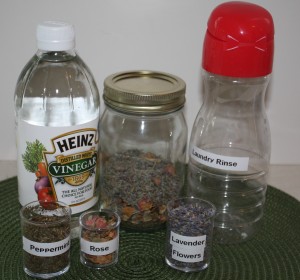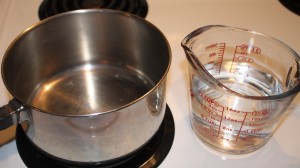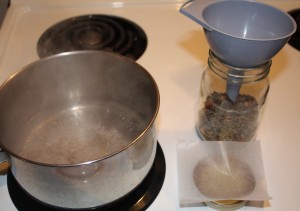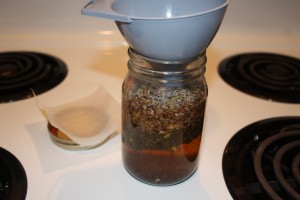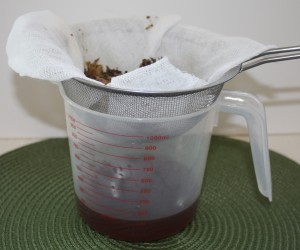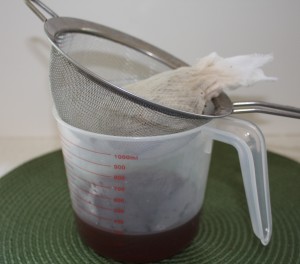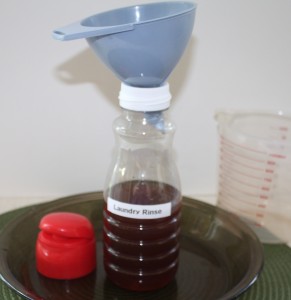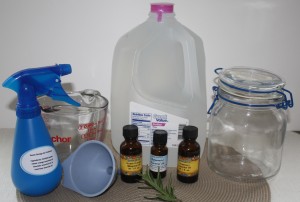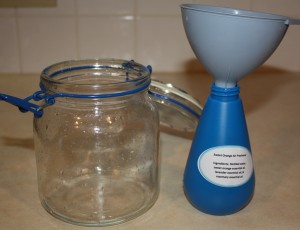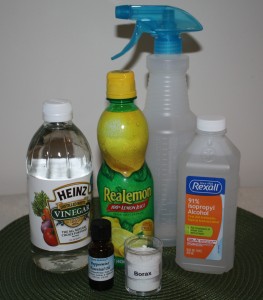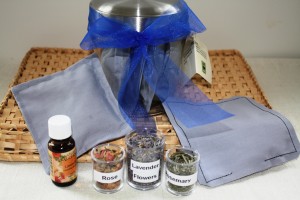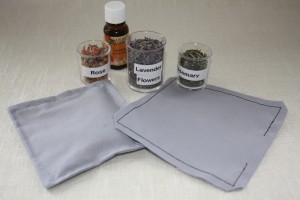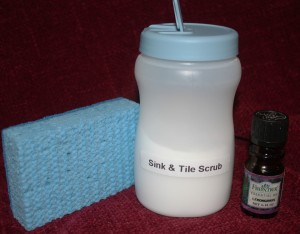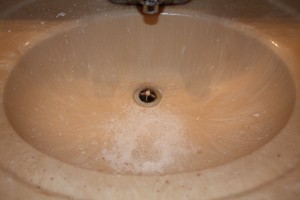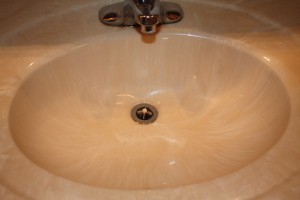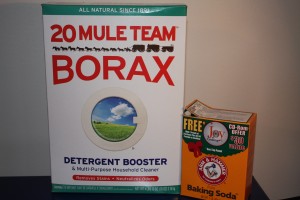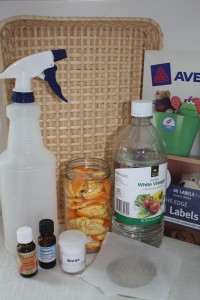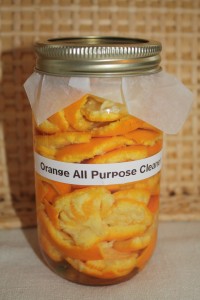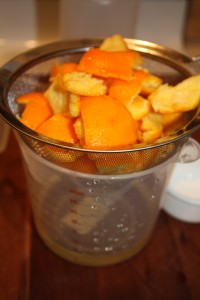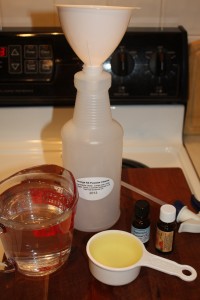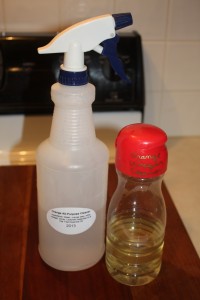Ingredients and Supplies for making homemade laundry rinses
- 1 part each of dried lavender, peppermint, and rose petals
- 1-1/2 cup of white distilled vinegar
- Stainless steel pan or glass pan
- Jar with lid, I used a pint
- Wax paper
- Funnel
- Measuring cup, preferably glass
- Strainer lined with coffee filter or cheesecloth
About ingredients:
White distilled vinegar has 5% acidity and the smell of vinegar will dissipate in the rinse cycle. White distilled vinegar is good to clean the washing machine as well as help to remove mildew, and to soften fabric.
The dried herbs I chose are mild and if your baby is not allergic to any of these herbs, will help to refresh baby clothes. The vinegar will naturally break down uric acid and soapy residue thus leaving the clothes fresh smelling and soften. Lavender is known to help with sleep.
Rose is relaxing, and has a great smell. Peppermint is cooling and refreshing and smells wonderful.
Clothes rinsed using white distilled vinegar in the rinse cycle will help to dissolve soap buildup and maintain the color in your clothes, and reduce or eliminate deodorant stains on clothing.
Cotton towels and blankets rinsed in vinegar will yield fluffier results and less lint. The vinegar removes the soap and leaves them fluffy as new.
Vinegar is also better for the environment than many of the chemicals found in purchase fabric softeners. Saves money as well, a gallon jug of vinegar can be purchase for just a few dollars and it will make numerous products for the home. Check out some of my previous blog on cleaning with herbs and hair rinses.
Method:
Measure out about ¼ cup each of the herbs, and pour boiling vinegar over the warmed jar using a funnel. Cold glass jars may break. Allow the vinegar mixture cool before capping. If using a metal cap, line the cap with a piece of wax paper before capping. Leave the mixture alone for 24 hours at least, before straining into a jar or jug for use in the laundry. I like to use plastic, to eliminate danger of broken glass. Save your old vinegar bottles for this laundry rinse.
Stain using a fine mesh strainer lined with coffee filter or cheesecloth. Compost the herbs. This is a strong mixture so I fill up the rest of my bottle with white vinegar. Gather up the herbs in the cheesecloth and squeezed as hard as you can to release as much liquid as possible. Use this vinegar in the rinse cycle of the washing machine.
Use about ¼” of the infusion vinegar with laundry such as towels, pillowcases and sheets. This may not a mixture you may want on your personal clothing. Plan distilled vinegar maybe better.
Just a note I fill the bottle up with white distilled vinegar to finish the rinse. Use about 1/4 c. with each load.

